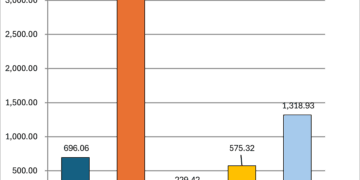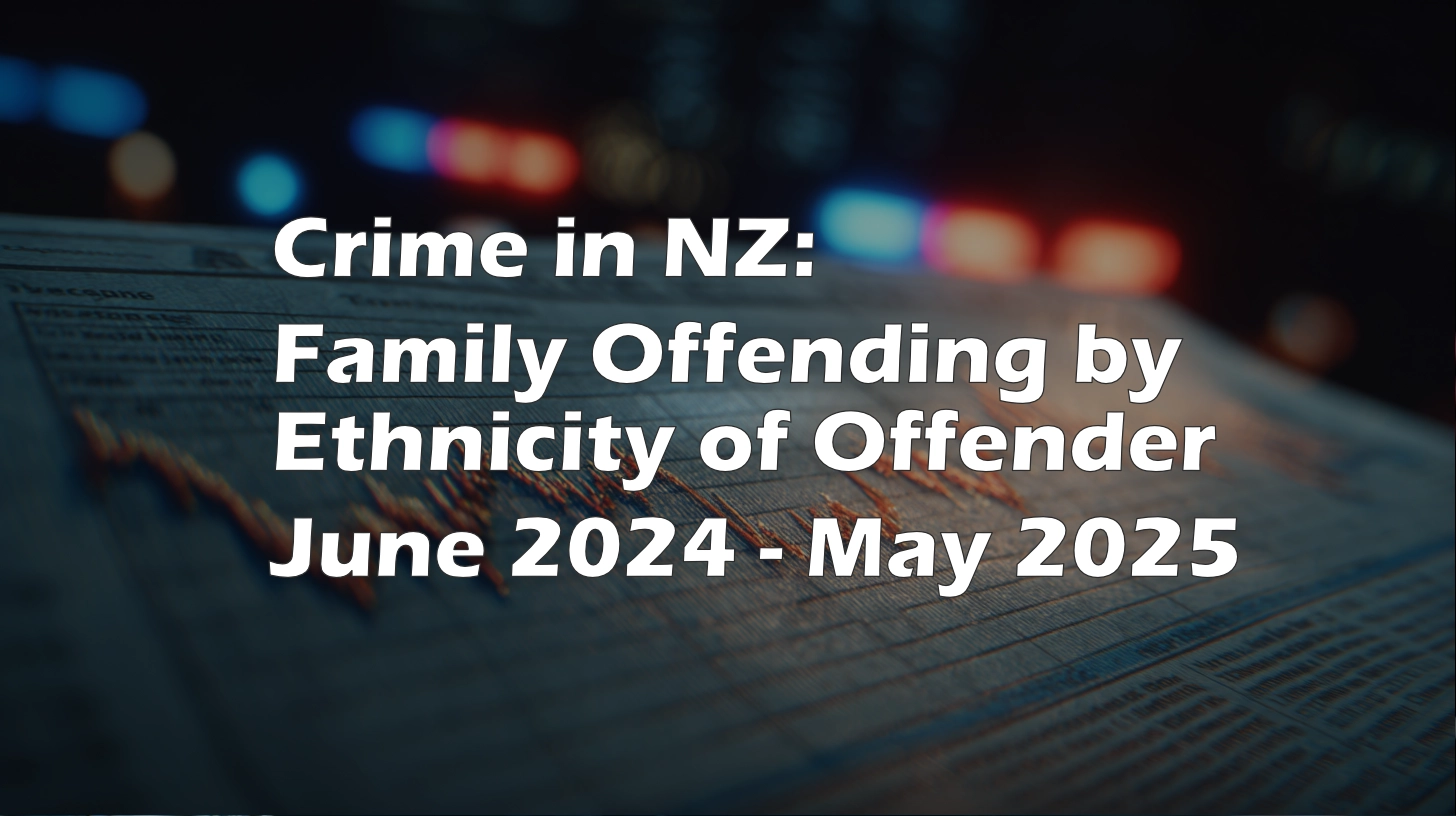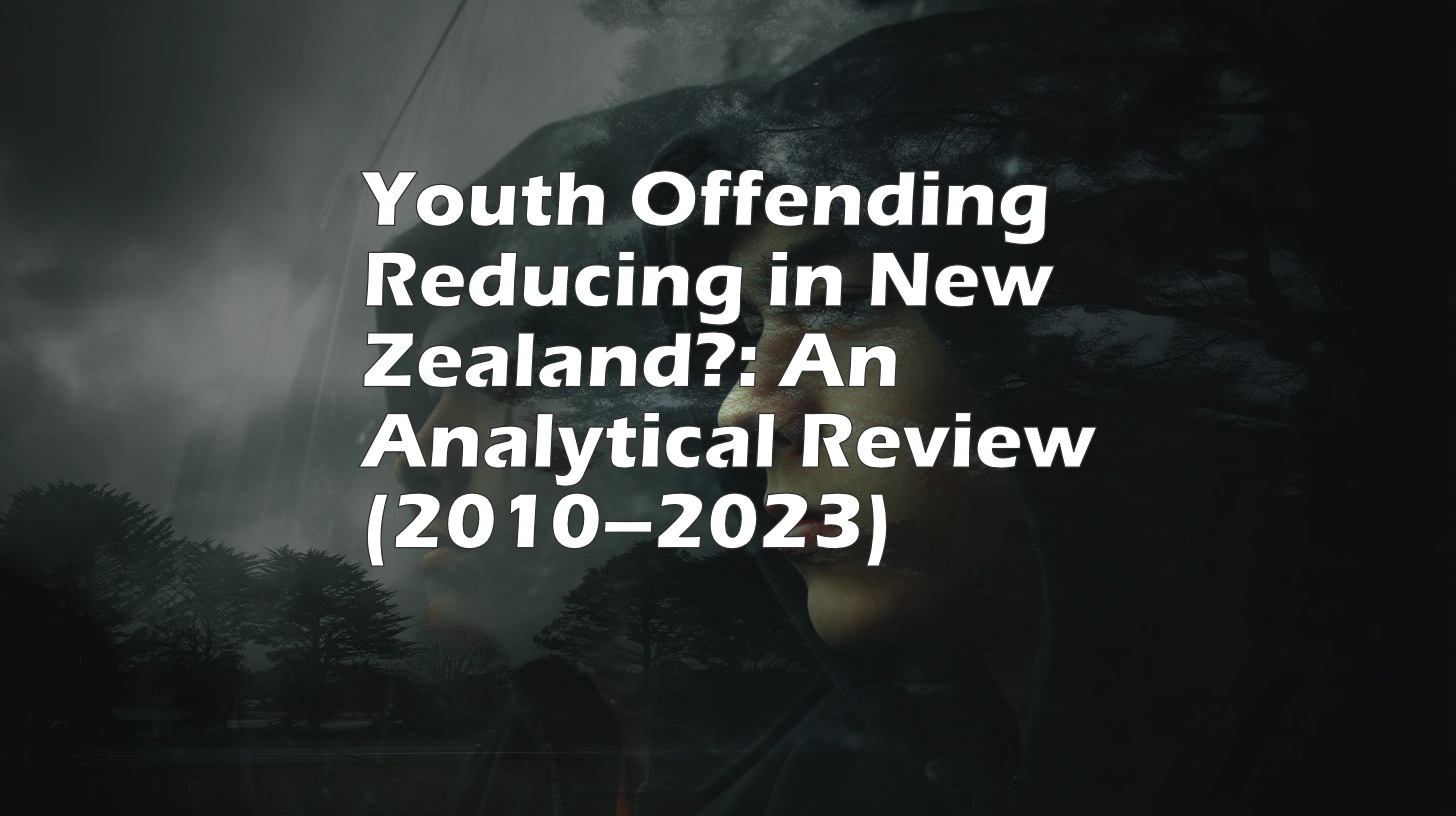Still a Man’s World: Sex Disparities in New Zealand Convictions Remain Stubborn Over Four Decades
Despite incremental shifts over four decades, New Zealand’s criminal courts continue to see men vastly outnumber women among those convicted of crimes, new data shows. While the share of women has grown modestly, the justice system remains overwhelmingly male-dominated—raising important questions about the causes and consequences of offending.
A Persistent Sex Gap
In 1980, the sex imbalance in criminal convictions was pronounced: 71% of those convicted were men; just 13% were women, with the remainder made up of organisations or unknowns. Four decades later, the gap has barely budged. By 2024, men still represent 79% of those convicted, and women 20%. In absolute terms, more than 40,000 men and just over 10,000 women were convicted in that year.
The numbers paint a picture of remarkable consistency—even as social attitudes, policing practices, and legislation have evolved. The ratio of men to women among the convicted has shifted from around 5:1 in 1980 to about 4:1 today.
Slow Growth in Women’s Representation
Women’s share of the convicted population has inched up over time. The 1980s and 1990s saw proportions grow from the low teens to the high teens, reaching around 20% by the early 2000s. That trend has largely plateaued in the past decade. The steady, if modest, increase in women’s convictions may reflect changes in law enforcement policies, reporting, or evolving roles and risks for women in society.
Yet, the overall picture remains heavily male-weighted, and the plateau of the last decade suggests deep structural roots in sex patterns of offending—or in the way society detects and prosecutes certain behaviours.
Organisations and Unknowns: A Footnote
From the 1980s, a small—now virtually extinct—category of “organisations” and “unknown” accounted for up to 14% of convictions. As court records and data-keeping have improved, this share has dwindled to less than 1% of cases, strengthening the reliability of the sex data over time.
What’s Driving the (Lack of) Change?
Crime research the world over finds men more likely to engage in most forms of offending, especially serious or violent offences. Domestic violence, substance abuse and the impacts of trauma—factors that often underlie women’s offending—are increasingly recognised, as are differences in how men and women are treated by the criminal justice system. However, the persistence of the sex gap, even in less serious or non-violent offending, remains a subject for sociologists and criminologists alike.
Some shifts in convictions may reflect greater willingness to prosecute female offenders or social and economic changes placing women at new forms of risk. Yet, any genuine closing of the sex gap appears slow, and the fundamental picture of “justice as a man’s world” remains largely intact.
The Numbers at a Glance
| Year | Female (%) | Male (%) | Organisation (%) | Unknown (%) |
|---|---|---|---|---|
| 1980 | 13% | 71% | 2% | 14% |
| 1990 | 17% | 81% | 1% | 1% |
| 2000 | 18% | 81% | 1% | <1% |
| 2010 | 22% | 78% | <1% | <1% |
| 2020 | 20% | 79% | <1% | <1% |
| 2024 | 20% | 79% | <1% | <1% |
Why This Matters
The sex divide in criminal convictions can fuel stereotypes, shape resource allocation for rehabilitation and prevention, and influence public understanding of crime and justice. While men remain the overwhelming majority of offenders, the growth—even slight—of women’s convictions brings new challenges for support services, social policy, and the design of interventions.
For women in the justice system, who may face intersecting challenges of trauma, parenthood, and marginalisation, the data is also a call for sex-specific responses—ones that break cycles of offending rather than simply mirroring systems built for men.
Conclusion: For all the upheavals of the past 40 years, New Zealand’s criminal courts remain overwhelmingly populated by men. Women’s share of convictions has grown only modestly, suggesting that the sex gap in offending—and in the justice response—remains one of the system’s most enduring features.
If you’d






































